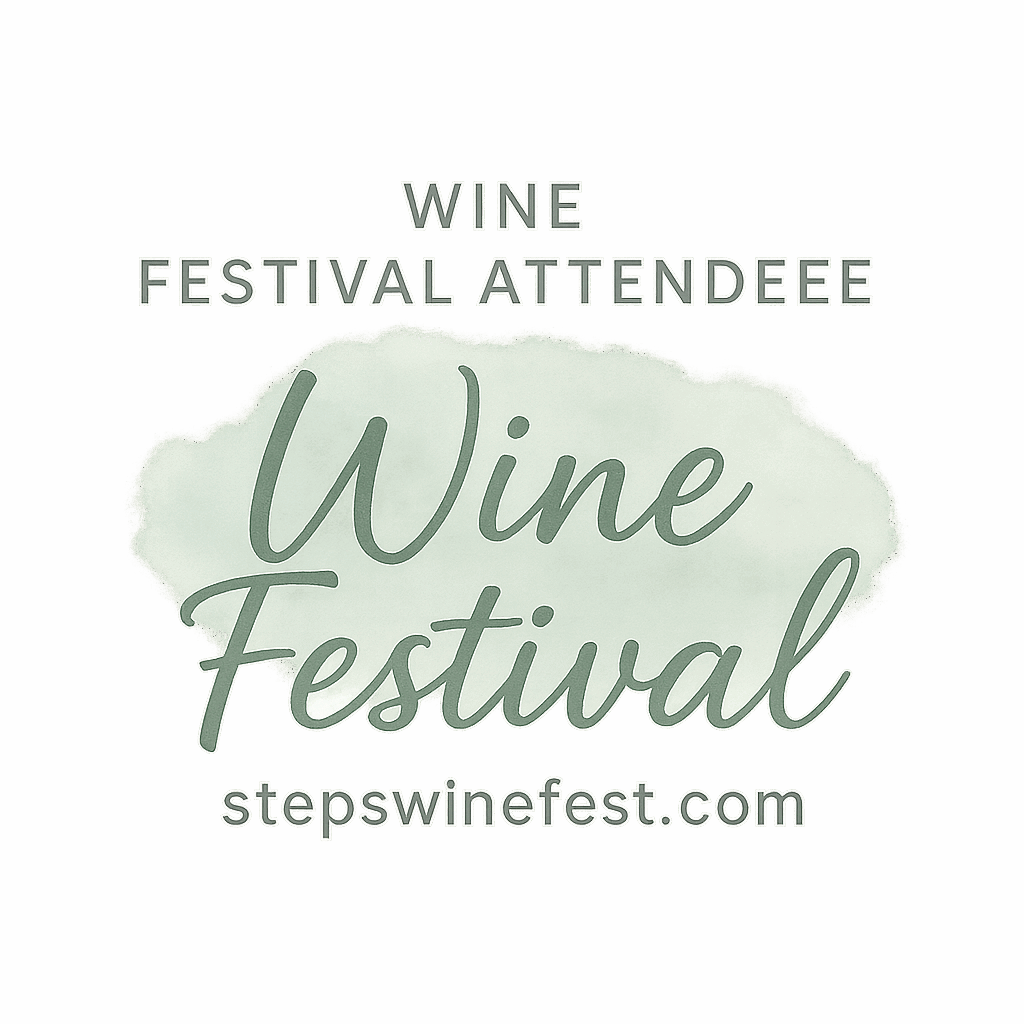So, you’ve returned from a wine festival—bags packed, smile wide, and bottles in tow. Maybe you discovered a boutique red, or snagged that small-batch sparkling everyone was raving about. But now what? How do you make sure those wines taste just as divine at home as they did under the tent?
Welcome to your ultimate guide to storing wine bought at wine festivals for best flavor. Let’s dive into the art (and science) of keeping your vino in peak shape long after the party ends.
Why Wine Storage Matters After a Festival
Let’s be honest—wine is a bit of a diva. It loves stability, comfort, and just the right environment. Whether you bought six bottles or sixty, proper storage means you’ll preserve the unique tasting notes and keep your investment from turning into vinegar.
From Festival Tent to Home: Your Wine’s Journey
Your wine just survived an open-air event, possibly with temperature swings and some bumping around. Now’s the time to give it a proper home—and let it recover in peace.
Need help planning post-festival logistics? Check out this guide on festival logistics.
Understanding Your Festival Wine Purchases
Bottled Wine vs. Boxed or Canned
Not all wine containers are created equal. Bottled wines (especially those with corks) need different care than boxed or canned varieties. Bottled wines—especially red and sparkling—are more sensitive to environmental factors.
Identifying Wine Type: Red, White, Rosé, or Sparkling
Different wines = different storage rules. For example, sparkling wines like prosecco or cava are far more delicate and require cooler storage, while reds can tolerate slightly warmer conditions.
Explore tasting strategies to revisit what you loved at the festival.
1. Keep It Cool: Temperature Is Everything
The most critical part of wine storage? Temperature. Wine likes it cool, consistent, and calm.
Ideal Storage Temperatures by Wine Type
- Red Wine: 55–65°F (13–18°C)
- White Wine & Rosé: 45–50°F (7–10°C)
- Sparkling Wine: 40–50°F (4–10°C)
Why Heat Is the Enemy of Flavor
High temps can cook your wine, dulling aromas and flattening flavors. Think of it like leaving chocolate in a hot car—not pretty.
For more health and heat-prep ideas, visit our preparation tips and safety & wellness sections.
2. Store Wine Sideways (for Cork-Sealed Bottles)
Corked bottles should rest horizontally. Why? So the cork stays moist. A dry cork can crack and let air in, ruining your wine.
Keep the Cork Moist and the Flavor Fresh
Even a tiny bit of air can oxidize your wine. And oxidized wine = sad wine. Keep corks damp and flavors locked in.
3. Avoid Direct Sunlight
Wine and UV rays are not friends. Sunlight triggers chemical reactions in wine, leading to off flavors.
UV Rays and Chemical Reactions in Wine
Think of your wine as a vampire—it does better in the dark. A cool, dim closet or dedicated wine rack works perfectly.
4. Limit Movement and Vibration
If you’re constantly moving your wine, you’re disturbing the sediment and disrupting its development.
Wine Needs Stability, Not Shaking
Avoid placing bottles near speakers, washers, or places with high traffic. Treat your wine like fine china—handle with care.
5. Use a Wine Fridge or Wine Rack
You don’t need a wine cellar to store wine properly. Wine fridges and racks are compact, stylish, and super functional.

Affordable Wine Storage Solutions at Home
- Countertop wine racks for small spaces
- Dual-zone wine fridges for different types
- Under-stairs storage hacks for apartment dwellers
6. Don’t Store Wine in the Kitchen
Tempting, right? But your kitchen is full of temperature swings—boiling water, baking ovens, and hot dishwashers.
Temperature Fluctuations Can Be Damaging
These changes accelerate aging and ruin your wine’s flavor. Instead, store bottles in a calm, climate-controlled room.
7. Label and Log Your Festival Wines
You tried dozens of wines—do you really remember the name of that peachy white blend you loved?
Build a Wine Memory Bank
Label bottles with the date and tasting notes. Better yet, take photos or use a wine tracking app.
Use Apps or Journals to Track Taste
Use the wine experience tag and keep a post-festival journal to document the flavors you want to relive.
8. Be Mindful of Humidity
Wine needs more than just a cool spot—it needs the right amount of humidity, especially for corked bottles.
Corks Can Dry Out Without Moisture
Ideal humidity? Around 60–70%. Too dry and corks shrink. Too wet and labels peel off or mold grows. Yuck.
9. Know When to Drink It
Some wines improve with age. Others—like most whites, rosés, and many festival reds—are meant to be enjoyed young.
Not All Wines Are Made to Age
Check labels or ask the vendor. If unsure, use the 1–2 year rule for most wines unless otherwise advised.
Want to plan a post-festival tasting night? Browse post-festival tips.
10. Share the Experience Responsibly
Wine festivals are as much about community as flavor. So why not host a tasting night with your festival finds?
Hosting Post-Festival Tastings
Invite friends, share stories, taste together—and store leftovers properly. Don’t forget to check out group visit tips if you’re planning a larger event.
Conclusion
Buying wine at festivals is fun—like treasure hunting for your taste buds. But the joy doesn’t stop when the tents come down. Proper wine storage ensures that every bottle you bring home delivers that same vibrant flavor and memory.
Take a little care now, and your wine will return the favor. Cheers to great storage, better sips, and unforgettable wine festival experiences!
For more advice on storing, sharing, and sipping wine the smart way, explore:
FAQs
How long can I store wine after a wine festival?
Most wines bought at festivals should be enjoyed within 1–2 years unless they’re designed to age. Always ask the vendor or check the label.
Is it OK to store wine in the fridge?
Short-term? Yes. Long-term? Not ideal. Fridges are too cold and dry. Use a wine fridge or cool, dark cupboard instead.
Can I store wine upright?
Only if it’s screw-top or has a synthetic cork. Real corks should stay moist, so store those bottles sideways.
What’s the best way to organize my wine stash?
Use a wine rack or labeled bins. Apps like Vivino or Delectable help keep digital notes and ratings too.
Do wines from festivals spoil faster?
Not necessarily—but they may lack commercial preservatives. Store them well and drink them sooner rather than later.
Should I open wine as soon as I get home from the festival?
Give it a few days to settle. Travel can agitate the wine, which might affect taste if opened too soon.
Are there wines I should drink immediately after buying?
Yes! Many whites, rosés, and canned options are meant for early enjoyment. Check for “drink now” recommendations.

